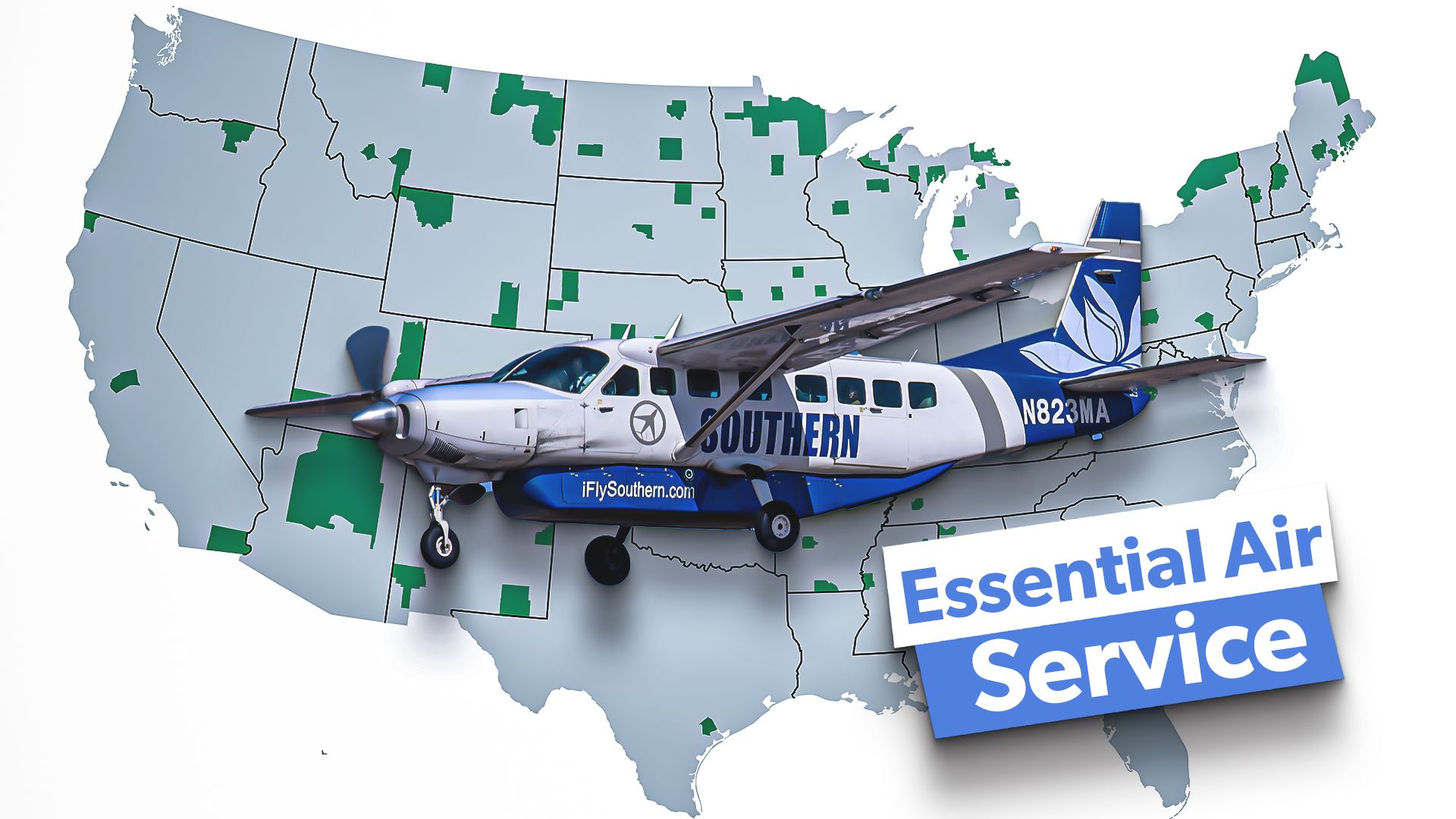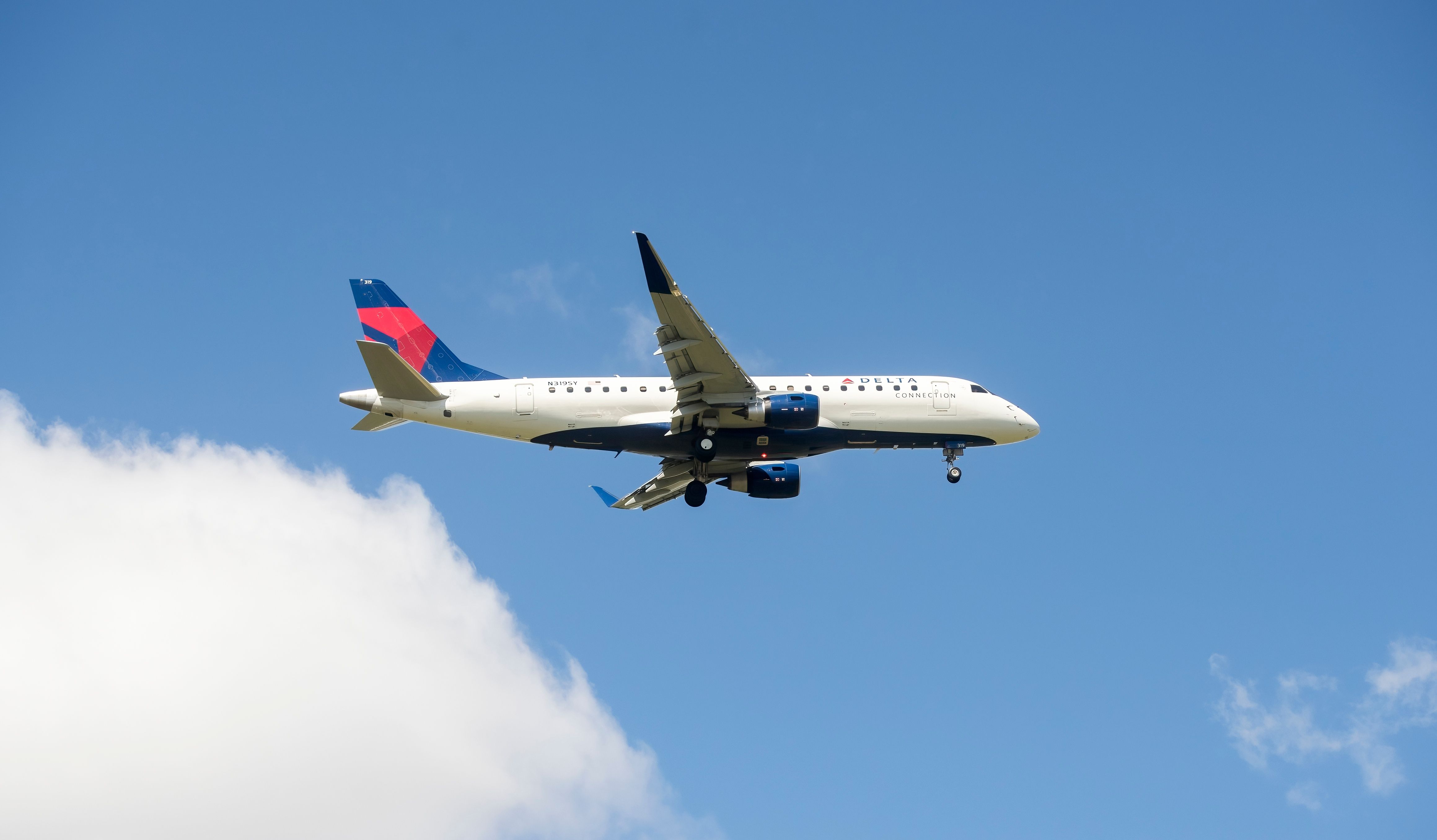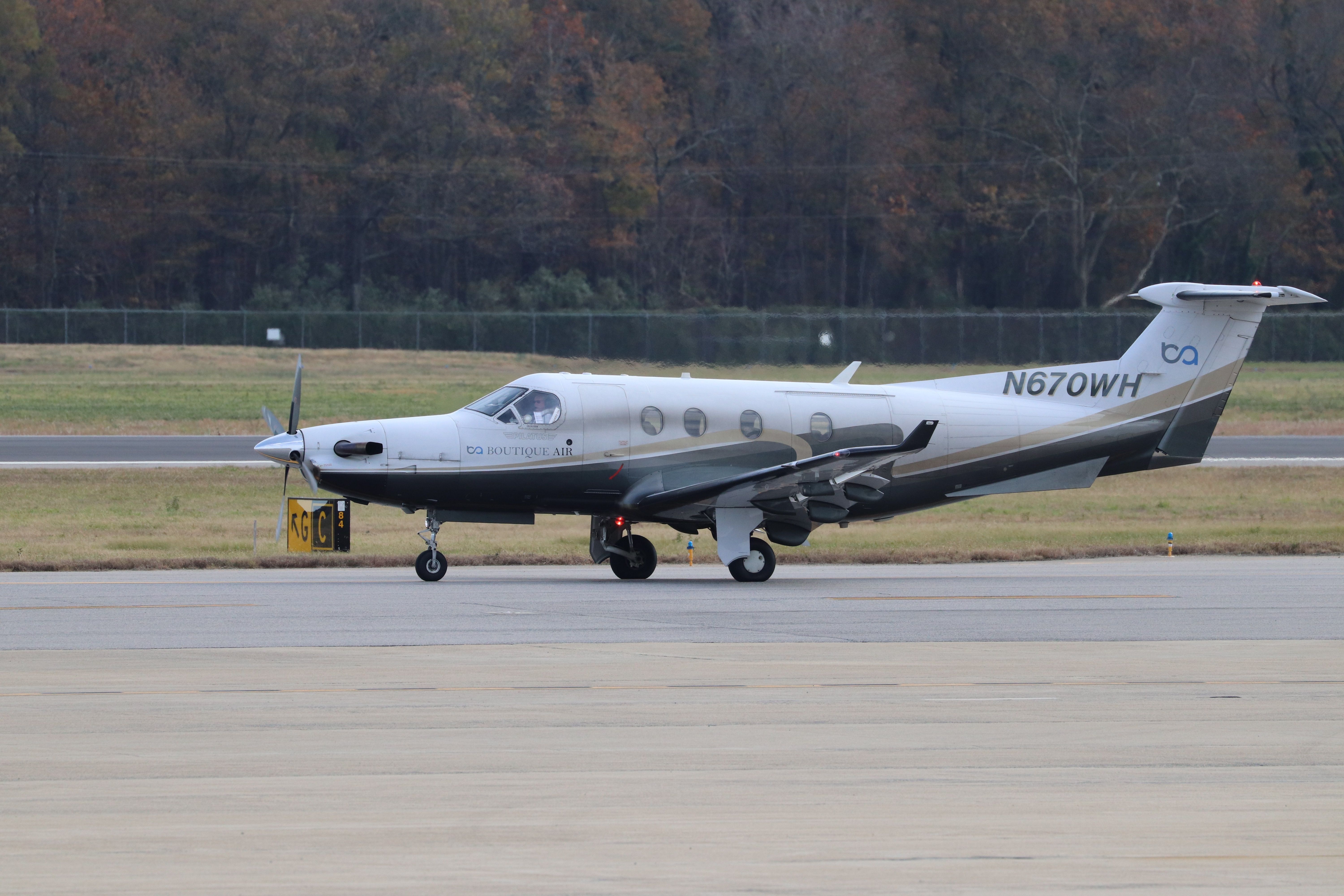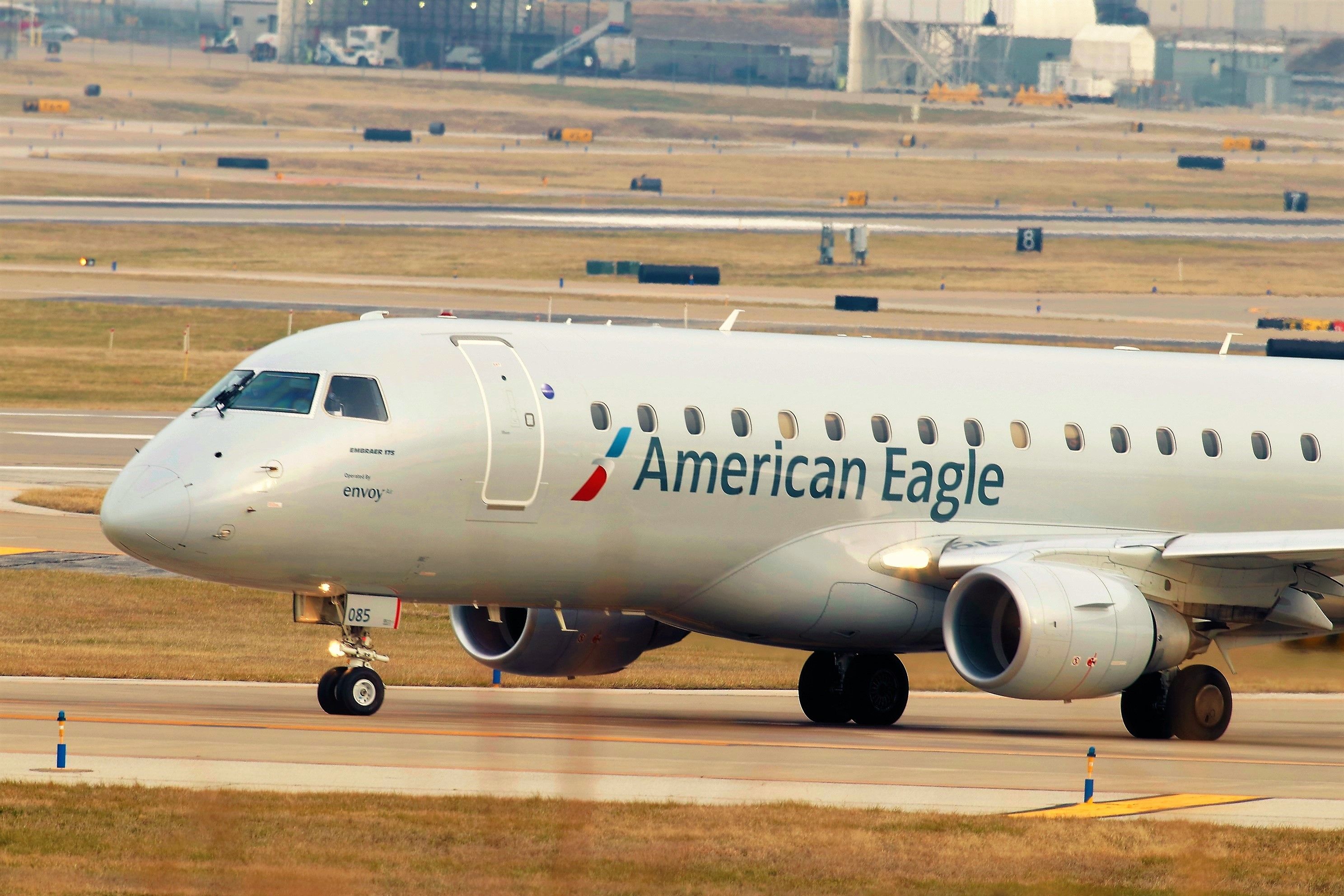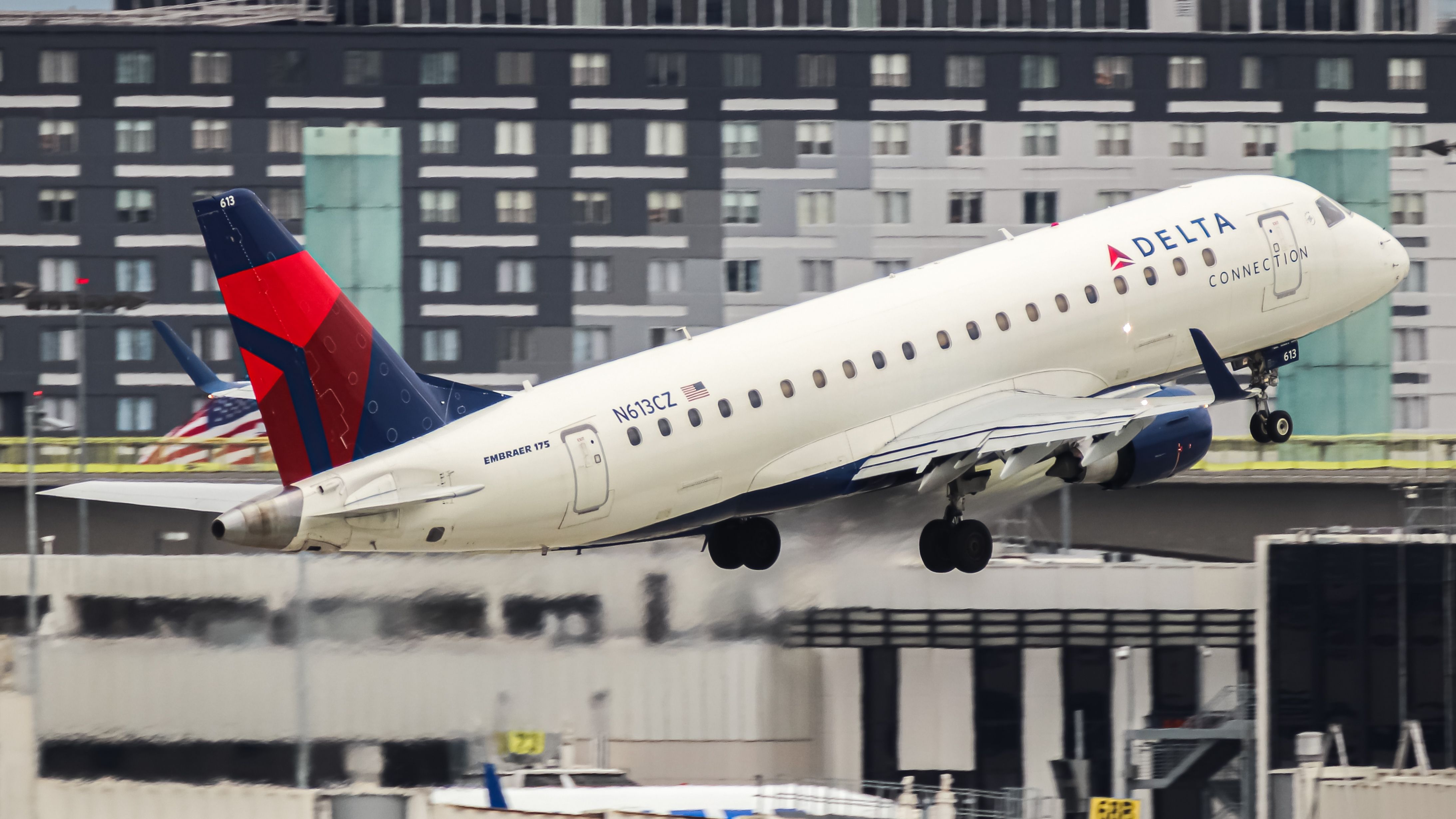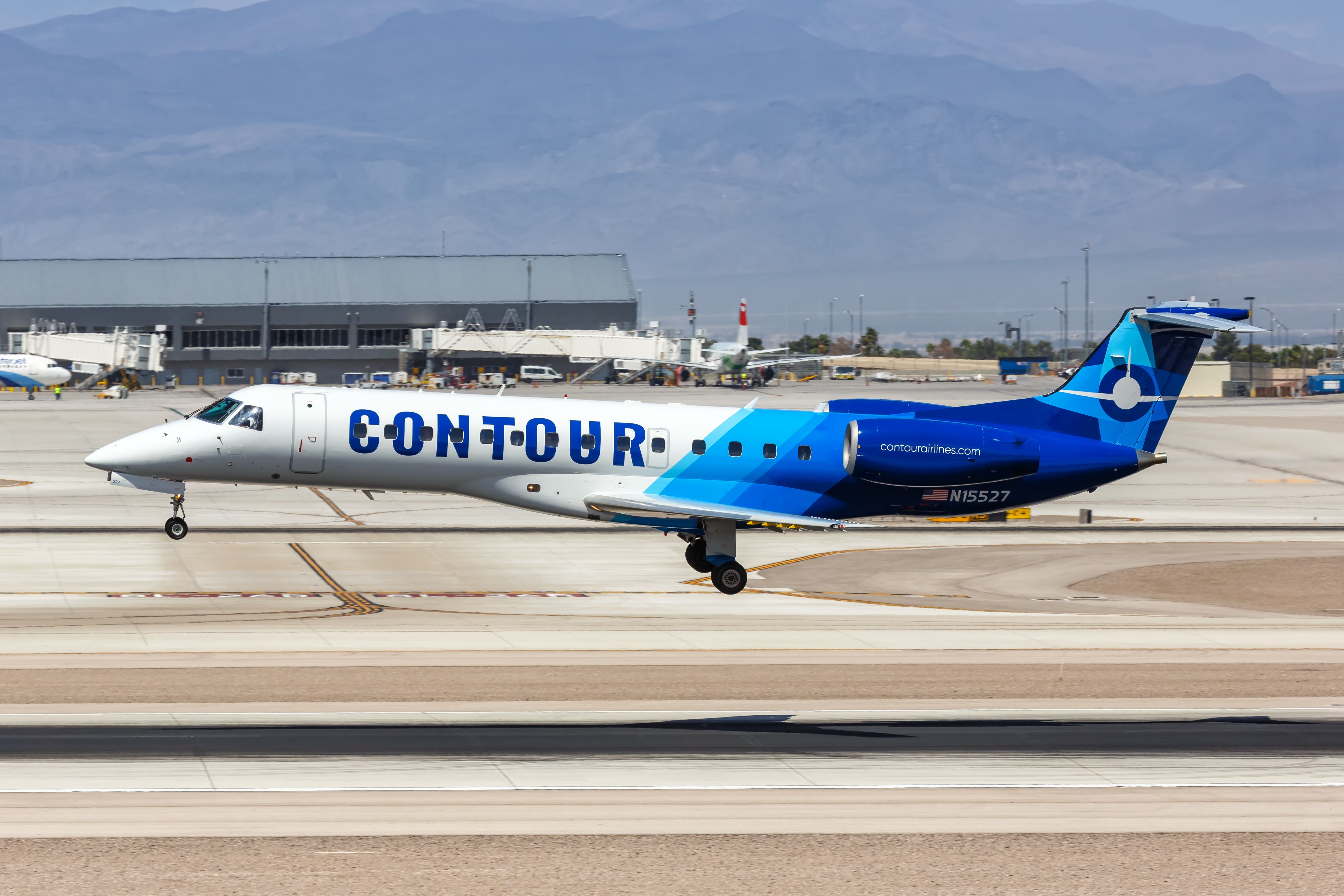Summary
- The EAS program ensures small communities have air service post-deregulation, funded by the federal government.
- Airlines like SkyWest and Boutique Air operate EAS routes, connecting small airports to hubs.
- Legislative changes and evolving airline participation shape the EAS program, ensuring relevance and efficiency.
The Essential Air Service (EAS) program, established in 1978 following the airline industry’s deregulation, aims to ensure that small communities in the United States maintain minimal scheduled air service. The program subsidizes airlines to provide service to those smaller, often rural, airports like Page, Arizona, which might otherwise be unprofitable and neglected by commercial carriers. According to USA today, these services are vital for cites like Page, AZ who would otherwise rely on driving to Las Vegas, which is 4.5 hours away.
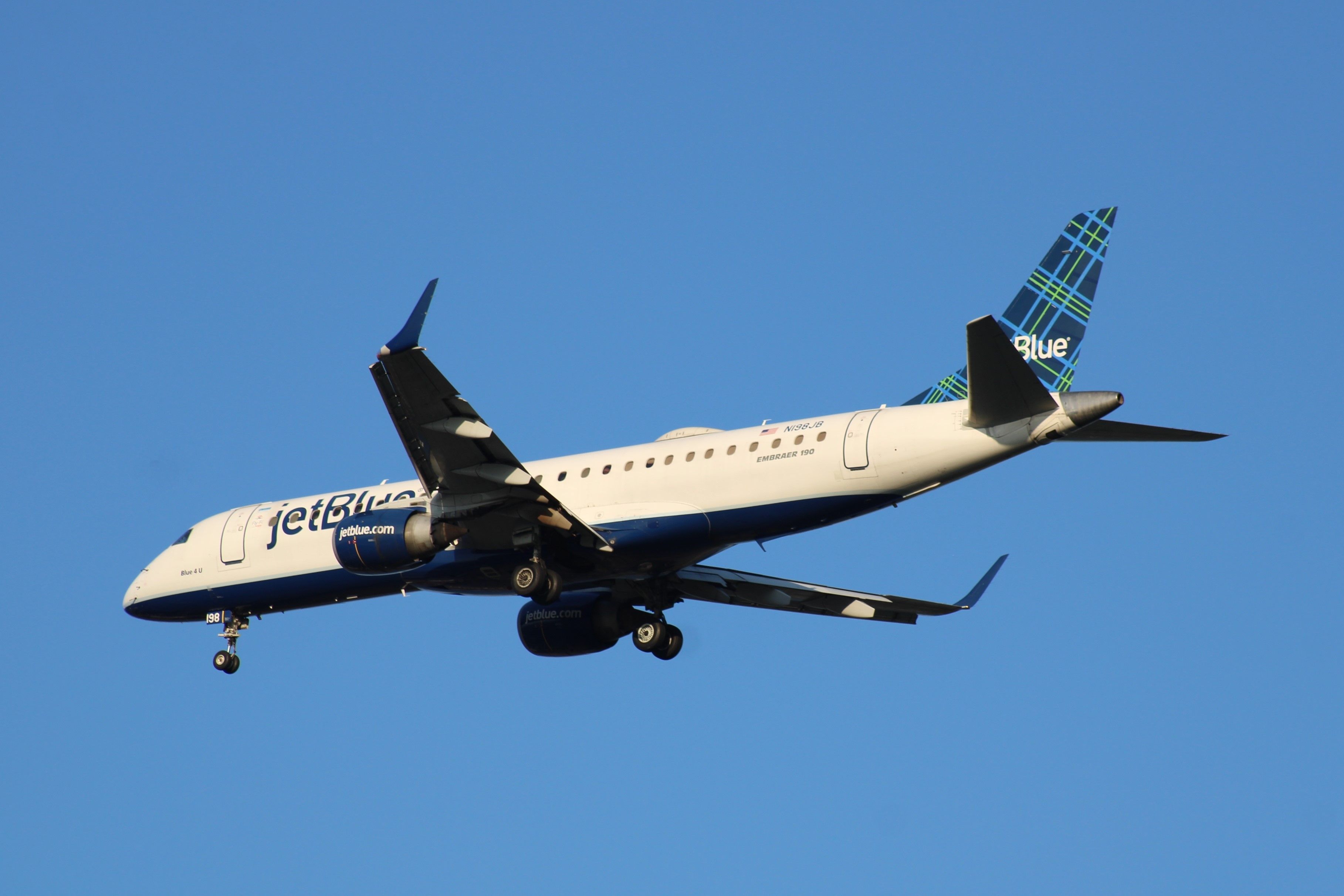
Related
1st Time Ever: JetBlue Applies For Essential Air Service Contract
The airline wants to connect Presque Isle International Airport in Northern Maine with Boston.
Origins and Purpose
The EAS program was created as a safety net for small communities that risked losing air service after the Airline Deregulation Act 1978. Before deregulation, the Civil Aeronautics Board (CAB) controlled which airlines flew, ensuring that even small markets received service. Airlines could choose routes based on profitability post-deregulation, jeopardizing the connectivity of less lucrative markets.
Photo: Welshboy2020 | Shutterstock
The EAS program mandates that airlines receiving subsidies provide a minimum level of service, typically two daily round trips, to a central hub airport. This ensures residents of these communities remain connected to the broader national and global air transport networks.
Airlines operating under EAS funding
- SkyWest Airlines: Operating under various regional brands such as United Express and Delta Connection, SkyWest is a major participant in the EAS program, serving numerous small airports with connections to larger hubs like Denver and Chicago O’Hare.
- Southern Airways Express: This airline has grown significantly within the EAS program, providing services across several states with a focus on short-haul regional flights.
- Boutique Air: Known for its smaller aircraft, Boutique Air services many EAS routes, offering connections to major hubs like Denver and Dallas/Fort Worth.
- Cape Air: Operating primarily in the northeastern U.S., Cape Air is a significant EAS carrier, with a fleet of smaller aircraft suitable for short regional hops.
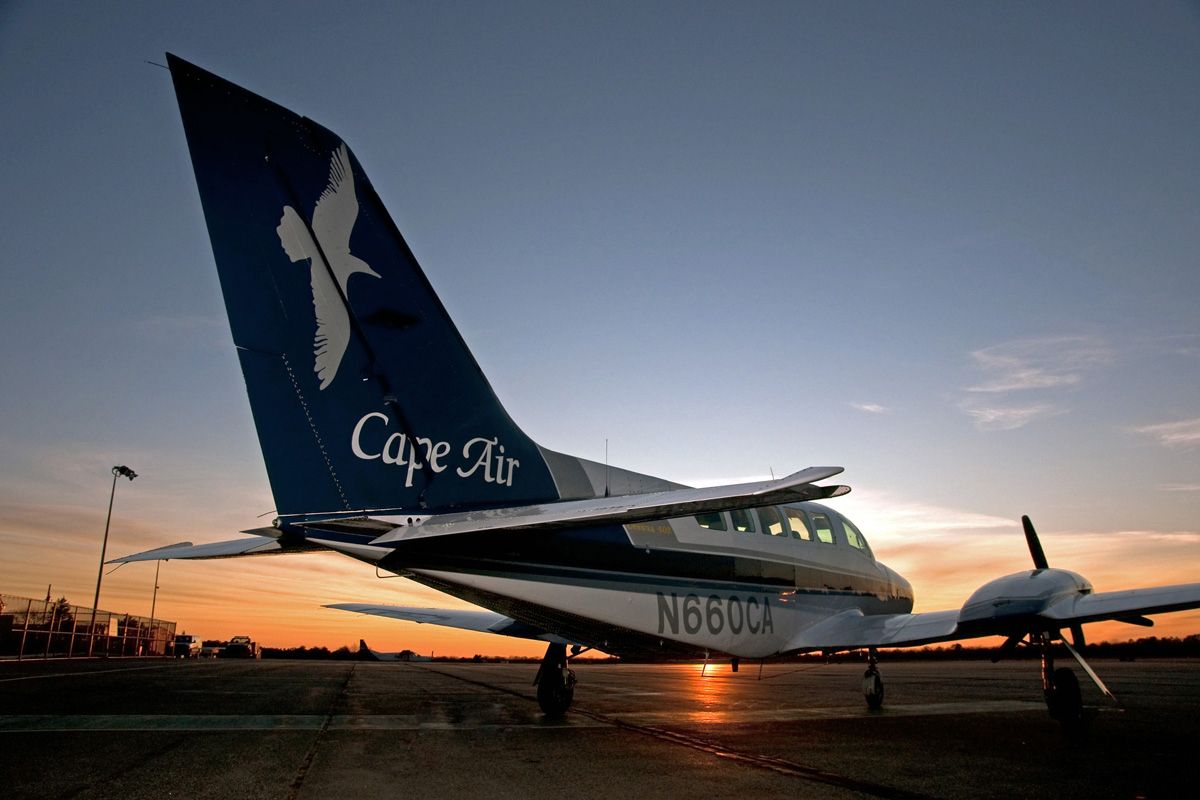
Related
How Cape Air Cut Costs By 20% Using Data Analytics
Small commuter airline from the East Coast of the US cuts operational costs by 20%.
- Contour Airlines: Another key player in the EAS program, Contour Airlines operates routes with a fleet that includes regional jets, connecting small communities to larger urban centers.
- Advanced Air: This airline provides EAS services with a focus on the western United States, operating routes to and from places like Hawthorne, CA, and Oakland, CA.
- JetBlue: Recently, according to transport.gov, JetBlue has made its first entry into the EAS market, with a contract to serve Presque Isle, Maine, from September 2024
Photo: Trevor Howard Jones I Shutterstock.
Funding and administration
The federal government funds the program, and the Department of Transportation (DOT) administers the subsidies. The annual budget for the EAS has grown significantly over the years, reflecting both the increasing costs of providing air service and the growing number of eligible communities. As of 2022, the program’s budget was approximately $300 million.
Evolution of the program
Over the decades, the EAS program has seen numerous changes, responding to shifts in the airline industry, economic factors, and legislative adjustments. Initially, the program was seen as a temporary measure, but its longevity speaks to the ongoing need for such subsidies in certain regions.
Airline Participation and Market Shifts
Photo: Wspin | Shutterstock
One significant evolution within the EAS program has been the changing roster of participating airlines. Initially dominated by regional carriers and smaller airlines, the landscape has shifted as new players enter the market. For instance, as of 2023, airlines like SkyWest under the United Express brand and Southern Airways Express have become prominent EAS carriers, frequently adjusting routes and hubs based on market needs and profitability.
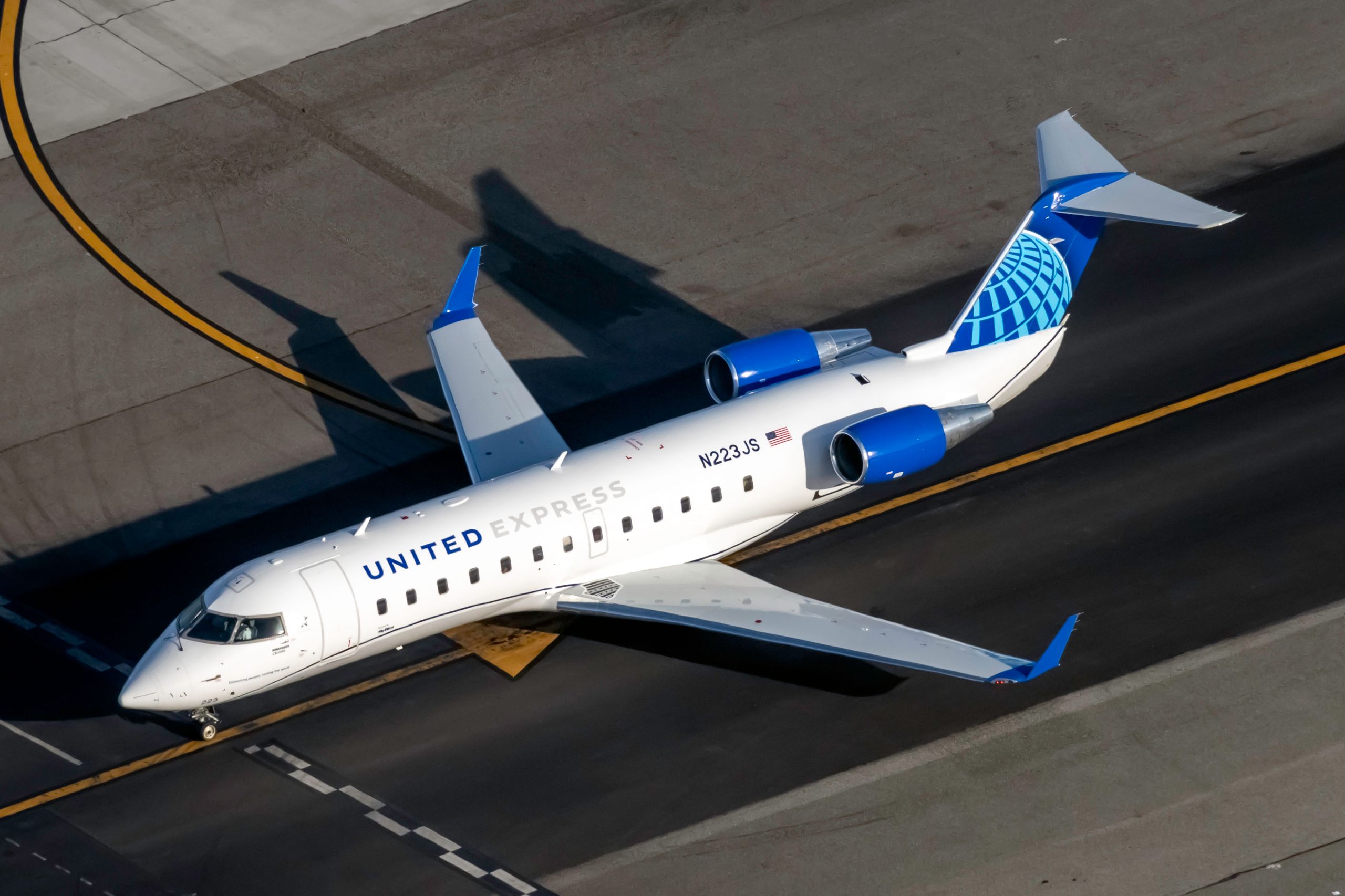
Related
Inside An Essential Air Service Application And Decision
Hubs such as Minneapolis/St. Paul, Chicago O’Hare, and Denver have emerged as significant centers for EAS routes. Denver, in particular, stands out as the largest EAS hub, with numerous routes connecting small communities across the Midwest and Mountain West regions. EAS routes operate even in the northernmost state of Alaska. Alaska Airlines operates something known as the ‘milk run’, connecting remote communities.
Legislative adjustments
Legislative adjustments have also shaped the EAS program. Periodic reviews and reauthorizations by Congress have led to modifications in eligibility criteria, subsidy structures, and performance requirements. For example, recent changes have focused on ensuring EAS routes are more efficient and integrated with more extensive airline networks.
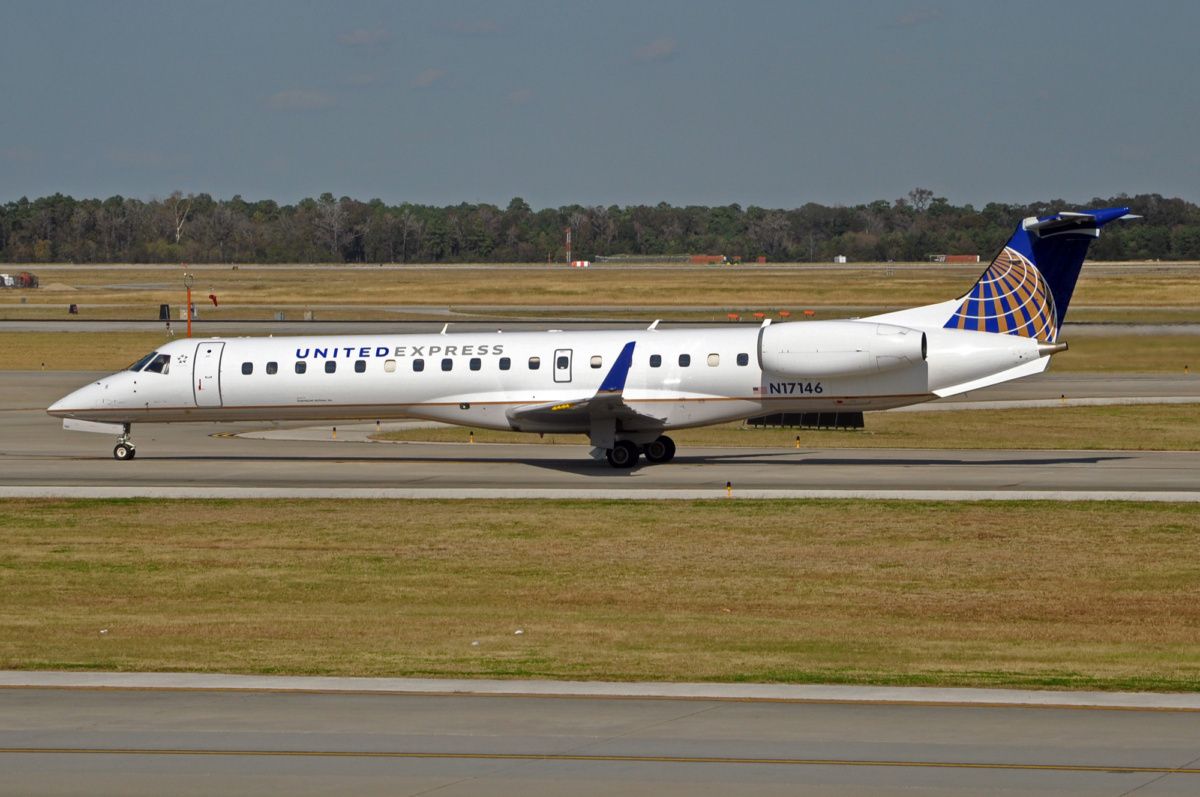
Related
United Express Carrier ExpressJet Shuts Down Operations
In addition to legislative changes, the DOT has periodically adjusted the program’s rules to address issues such as pilot shortages and changing market dynamics. These adjustments ensure that the program remains relevant and meets its core objectives.
Criticisms and debates
Despite its benefits, the EAS program has faced criticism over the years. Critics argue that the program is an inefficient use of taxpayer money, subsidizing flights that often operate with low passenger loads. For instance, an article in Forbes by Ben Baldanza suggests that the EAS program may no longer be essential, highlighting that some subsidized routes serve very few passengers.
Additionally, there are debates over the environmental impact of subsidizing flights to small markets, especially as the aviation industry struggles with its carbon footprint control. Some suggest that alternatives, such as improving ground transportation infrastructure, could be more sustainable.
Success stories and community impact
Conversely, many small communities view the EAS program as vital. It provides essential connectivity for residents, supports local economies, and ensures access to critical healthcare and education services in towns like Vernal, Utah, and Sault Ste. Marie, Michigan, exemplifies how EAS can sustain small communities by connecting them to major urban centers.
Core EAS route examples:
|
Origin |
Destination |
Operating Airline |
|---|---|---|
|
Moab, UT |
Phoenix, AZ |
Advanced Air |
|
Vernal, UT |
Phoenix, AZ |
Boutique Air |
|
Beckley, WV |
Charlotte, NC |
Contour Airlines |
|
Parkersburg, WV |
Charlotte, NC |
JetBlue |
|
Greenville, MS |
Dallas/Fort Worth, TX |
SkyWest Airlines |
|
Macon, GA |
Baltimore/Washington, MD |
Cape Air |
|
Plattsburgh, NY |
Philadelphia, PA |
Southern Airways Express |
Future prospects
The future of the EAS program will likely involve a continued balancing act between efficiency, cost, and service quality. Technological advancements, such as using smaller, more efficient aircraft and the potential for electric aviation, could reshape how EAS routes are serviced. Ongoing legislative reviews will determine how the program adapts to evolving economic and environmental priorities.
Photo: Markus Mainka | Shutterstock
In conclusion, the Essential Air Service program remains a crucial component of the US transportation infrastructure, particularly for rural and remote communities. Its evolution reflects broader changes in the aviation industry and underscores the ongoing need for targeted subsidies to maintain nationwide connectivity. As the program adapts, it will play a pivotal role in shaping the accessibility and inclusivity of air travel across the United States.

